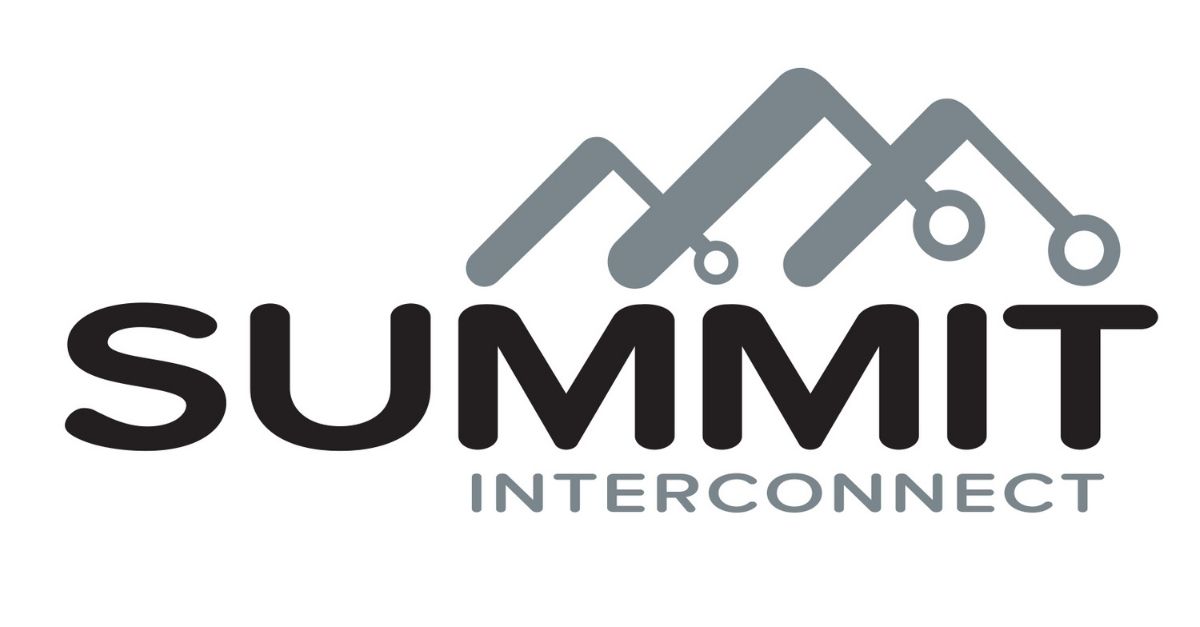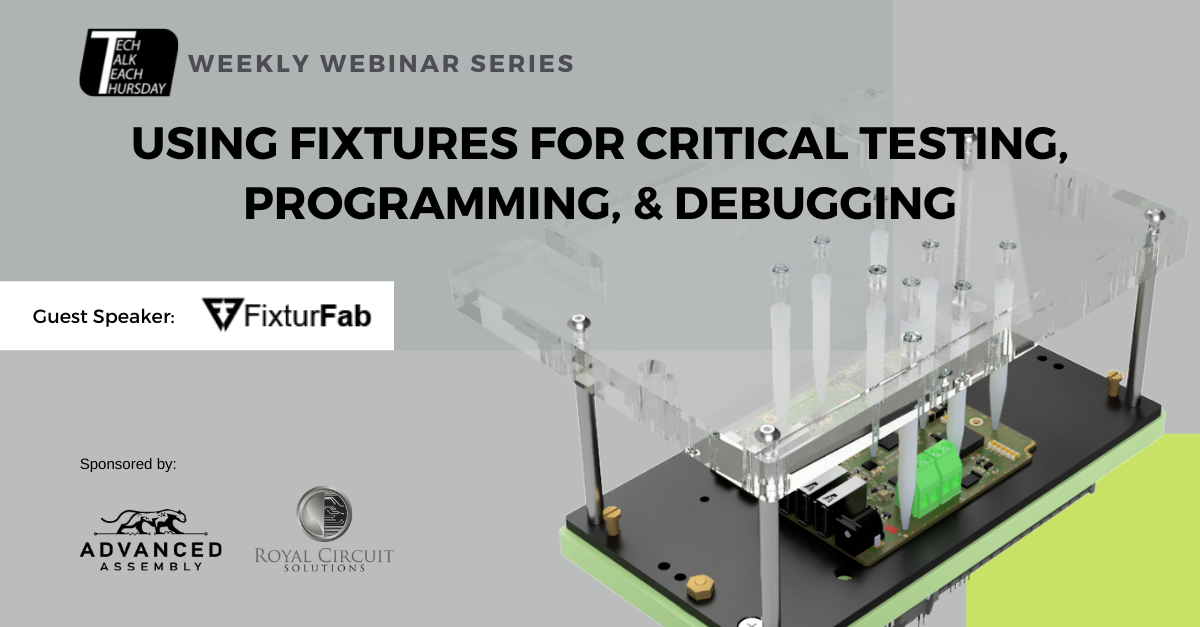Sculptured Flex technology is a modification of the basic flexible printed circuit board technology, whereby
unsupported copper traces protrude beyond the edge of the board and act as replacement for the male pins of a connector. The copper traces are of variable thickness, being thicker and sturdier in areas that will act as the connector part, while the rest of the circuit remains thin enough to facilitate bending and flexing. Sculptured flex is growing in popularity because it can reduce the with of a PCB by eliminating connectors, while at the same time allowing for more efficient use of space.
In traditional flex circuit boards, assembling a connector requires the board to have Plated Through Holes (PTH)
suitable for accepting the pins of the connector or solderable pads of suitable pitch matching the SMT ZIF socket. Additional reinforcement is necessary at the junction of the board and the connector for stress relief once the connector is soldered onto the PCB. However, sculptured flex can eliminate all the above.
Sculptured flex printed circuit boards start with thick copper clad, as thick as 7 oz. This forms the copper
traces that will protrude from the board to make the pins of the connector. After the unwanted copper is etched away, more selective etching reduces the rest of the traces to thicknesses that are conducive to good flexibility, while plating with metals such as gold, tin, and copper build up the thickness of the traces at the edges. This selective sculpturing yields thicker traces at the edges, while keeping the rest of the circuit flexible.
The next step involves removing the base dielectric from under the thicker traces, using back-baring technology.
Rather than using lasers for ablating or removing the dielectric, fabricators prefer to drill or pre-punch the base dielectric to expose the traces that will eventually become the connector pins. [1]
Benefits of Sculptured Flex
Sculptured flex circuits are ideal for connecting directly to PCBs with a simple insertion process to mate with
connectors offering solder cup terminations, or they can also plug in directly into sockets of a female connector. This makes them suitable for rugged applications with space limitations. It also saves money by eliminating the
need for wire stripping or mating connectors.
With sculptured flex circuits one can have a standard product with contact-area configurations on the same side
or for opposite sides, allowing for mirroring signal layouts between two PCBs.
As sculptured flex are basically flexible circuits, they inherit all the benefits of flexible circuits, such as
superior signal integrity and high resistance to damage from bending and vibration. Therefore, sculptured flex can be standard products available off-the-shelf for various low-voltage differential signals, as electrical
connections between display boards and PCBs, and in replacing cable jumper assemblies in high-vibration applications.
Sculptured flex is also ideal for applications involving large displays and HD televisions, especially for
streamlining cable jumper assemblies. Moreover, manufacturers can easily achieve the tight tolerances necessary for reliable connections with very low pitch of micro-miniature FPC connectors.
One of the more popular applications of sculptured flex is as jumpers, also known as sculptured jumpers, providing a simple but cost-effective solution for interconnecting panel-mounted components to rigid circuit boards. Users can connect the exposed and unsupported fingers of sculptured jumpers by either threading them through PTH or soldering them directly on SMD pads.
Summing up, sculptured flex offers many benefits such as:
- Eliminating the need for ZIF connectors
- Reducing assembly labor costs
- Increasing flexibility
- Improving reliability and performance
Design Considerations for Sculptured Flex
Sculptured Flex PCBs belong to a group that the industry categorizes as Differential Copper PCBs. The other type
belonging to this category are the Bump Plated PCBs. While the sculptured flex PCBs have exposed metal fingers allowing bare metal connections like a plug-in connector, bump plated PCBs offer heavily plated SMT pads at their ends. The plated SMT pads are often plated to a thickness greater than 5 mils.
Manufacturers can make high quality sculptured flex boards for commercial applications built of stainless steel,
beryllium copper, or aluminum. Although Polyimide is the most popular choice for the dielectric when designing sculptured flex circuits, the choice depends on the mechanical and thermal properties required by the application. If necessary, fabricators can use polyester or PEN for the dielectric.
The application also defines the choice of copper for sculptured flex and it mainly governs the thickness and
hardness of the finger conductors.
Although there are no special requirements while generating artworks for sculptured circuits, the
requirements for the dielectric and copper must be properly conveyed to the fabricator.
Summary
Sculptured flex circuits are basically a combination of single- or double-sided flex, with or without PTH.
They are include terminal-like thick sculptured pins that are a continuity of the copper traces on the flex, but extend beyond the boundary of the base dielectric material.
Sculptured flex offers unlimited choice and finish of contact configurations, as they can be plugged into female
connectors, plated through holes, or directly soldered on to SMT pads, thereby eliminating the need for connectors, reducing the cost of materials and assembly, and improving the reliability and performance of the system.
References:



